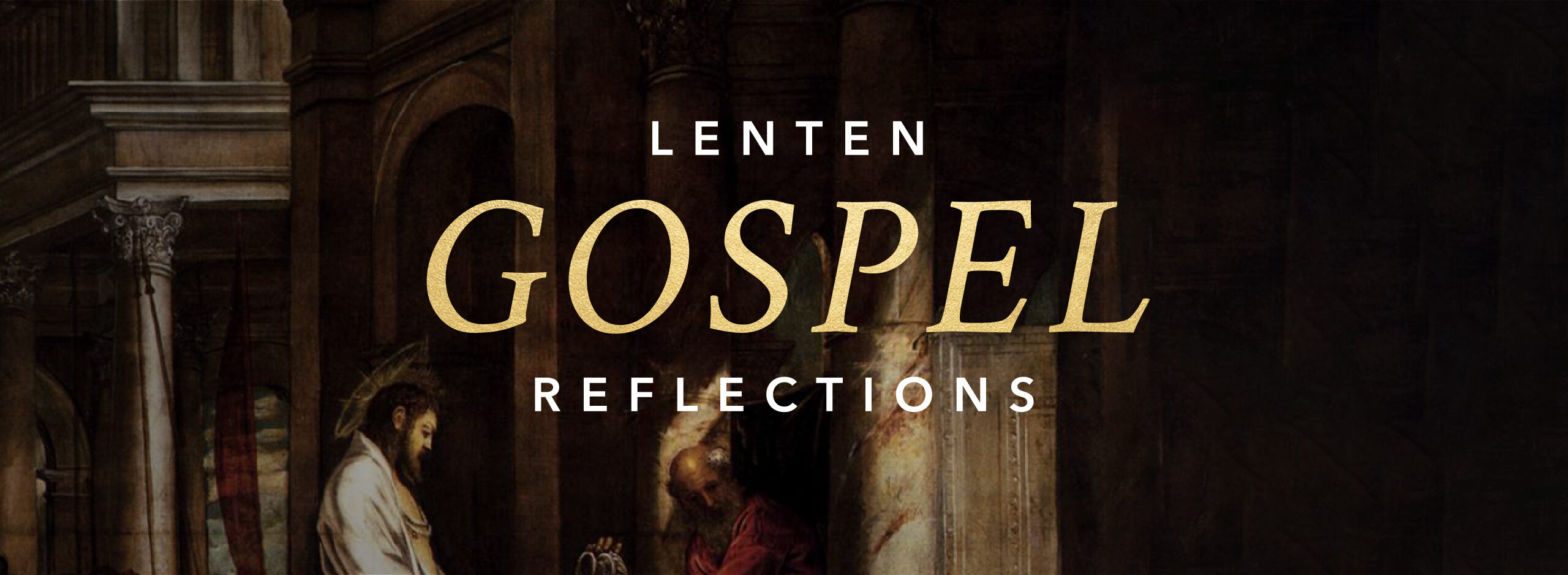Friends, our Easter Gospel is John’s startlingly concise account of the Resurrection.
The Easter declaration, properly understood, has always been and still is an explosion, an earthquake, a revolution. For the Easter faith—on clear display from the earliest days of the Christian movement—is that Jesus of Nazareth, a first-century Jew from the northern reaches of the Promised Land, who had been brutally put to death by the Roman authorities, is alive again through the power of the Holy Spirit.
Once we’ve come to some clarity about the Resurrection claim itself, we can begin to see why it still matters so massively. If the Resurrection is only a bland symbol or a projection of our desires, then tyrants have nothing to fear from it. But if it is a fact of history, an act of the living God in space and time, then sinners have real cause to repent.
A second great implication of the Resurrection is that heaven and earth are coming together. The hope of ancient Israel was not a jailbreak, not an escape from this world, but precisely the unification of heaven and earth in a great marriage. Recall a central line from the prayer that Jesus bequeathed to his Church: “Thy kingdom come, thy will be done on earth as it is in heaven.” The bodily Resurrection of Jesus—“the firstfruits of those who have fallen asleep”—is the powerful sign that the two orders are in fact coming together.
